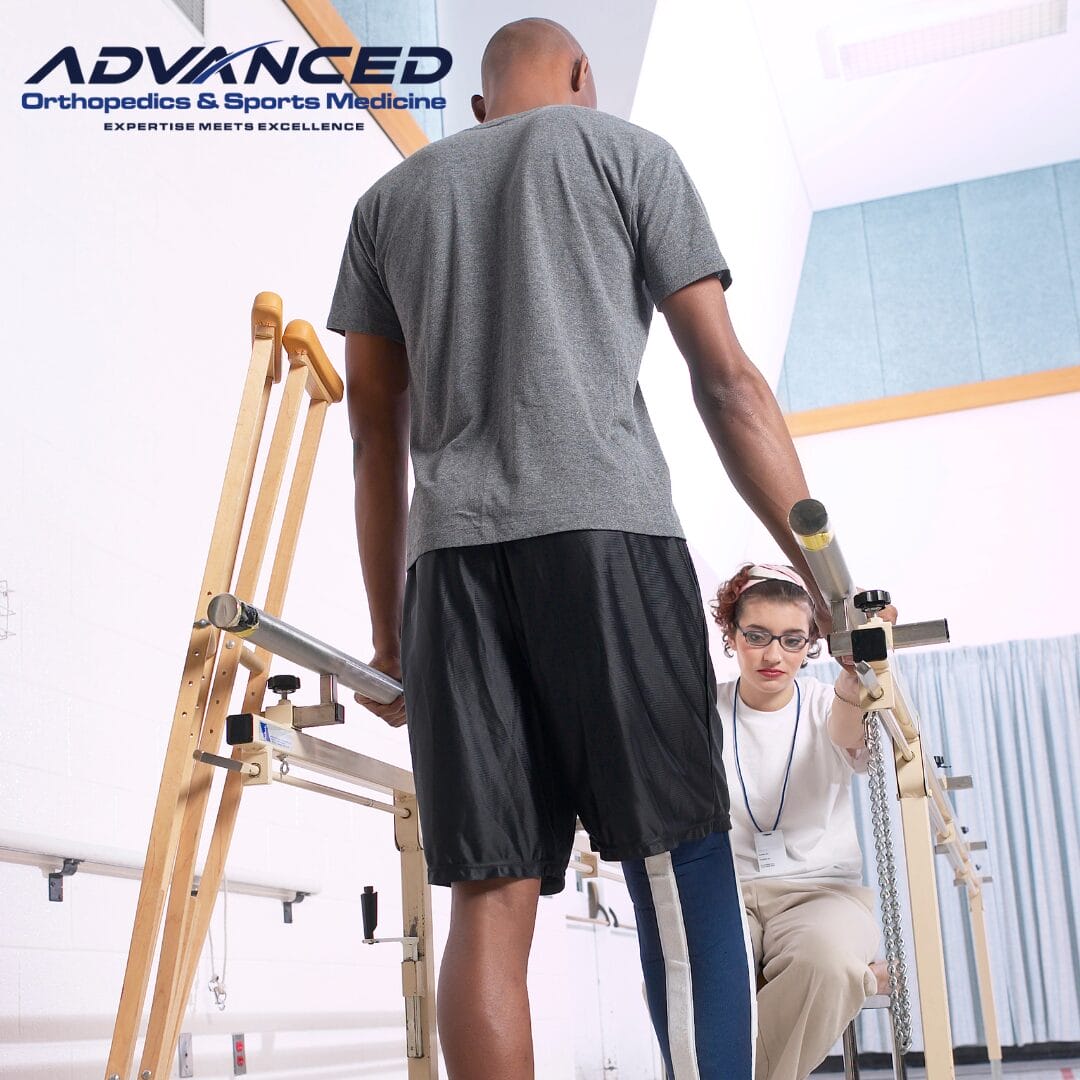Road to Recovery: Physical Therapy Expectations After Joint Replacement Surgery

Physical therapy plays a crucial role in restoring mobility, strength, and function following surgery, and understanding what to expect can help you achieve optimal outcomes. Let’s delve into the key expectations and benefits of physical therapy after joint replacement.
- Role of Physical Therapy After Joint Replacement
- Understanding Recovery: Explaining that physical therapy is an integral part of post-operative care aimed at maximizing joint function, reducing pain, preventing complications, and promoting independence.
- Goals of Therapy: Discussing common goals such as improving range of motion, strength, flexibility, balance, gait (walking), functional mobility, and overall quality of life.
- Early Post-Operative Phase (Inpatient Rehabilitation)
- Immediate Post-Surgery: Describing the initial phase of physical therapy that often begins within 24 hours after surgery, focusing on gentle exercises, pain management techniques, breathing exercises, and early mobilization (getting out of bed, walking with assistance).
- Joint Protection: Educating patients on proper joint protection techniques, positioning aids, and assistive devices (walker, cane) to avoid strain on the replaced joint and promote safe movements.
- Transitional Phase (Outpatient Rehabilitation)
- Transition to Outpatient Therapy: Discussing the shift to outpatient physical therapy sessions as patients progress in their recovery, typically starting within a few days to weeks post-surgery depending on individual recovery milestones.
- Customized Exercise Programs: Detailing how physical therapists design personalized exercise routines focusing on specific joint movements, strengthening exercises, flexibility exercises, balance training, and functional activities tailored to daily tasks and goals.
- Pain Management: Exploring modalities such as ice/heat therapy, ultrasound, electrical stimulation, massage, and manual techniques used by physical therapists to manage post-operative pain, swelling, and inflammation.
- Gait Training: Highlighting the importance of gait training sessions to improve walking patterns, step length, weight-bearing tolerance, and overall mobility using parallel bars, walking aids, or gradual progression to walking without assistance.
- Long-Term Recovery and Maintenance
- Home Exercise Program: Emphasizing the role of consistent home exercise programs prescribed by physical therapists to maintain gains achieved in therapy, continue strengthening, and promote joint flexibility and endurance.
- Lifestyle Modifications: Educating patients on joint-friendly activities, ergonomic principles, energy conservation techniques, and adaptive equipment to support daily activities and prevent joint strain or injury.
- Follow-up Assessments: Discussing the importance of periodic follow-up assessments with physical therapists and orthopedic surgeons to monitor progress, address any concerns, adjust therapy goals, and ensure long-term joint health.
- Patient Education and Empowerment
- Understanding Precautions: Educating patients on post-operative precautions such as weight-bearing limitations, movement restrictions, and activity modifications during the initial recovery phase to promote safe healing and prevent complications.
- Pain and Swelling Management: Providing strategies for managing residual pain, swelling, stiffness, and addressing warning signs of potential complications (infection, blood clots) requiring prompt medical attention.
- Setting Realistic Expectations: Encouraging patience, perseverance, and realistic expectations as the recovery timeline varies for each individual, with gradual improvements over weeks to months post-surgery.
Physical therapy after joint replacement surgery is a vital component of the recovery process, helping patients regain mobility, strength, and function while reducing pain and enhancing overall quality of life. By actively participating in therapy sessions, following home exercise programs, practicing joint protection techniques, and maintaining open communication with healthcare providers, patients can achieve successful outcomes and enjoy the benefits of restored joint health and mobility.

